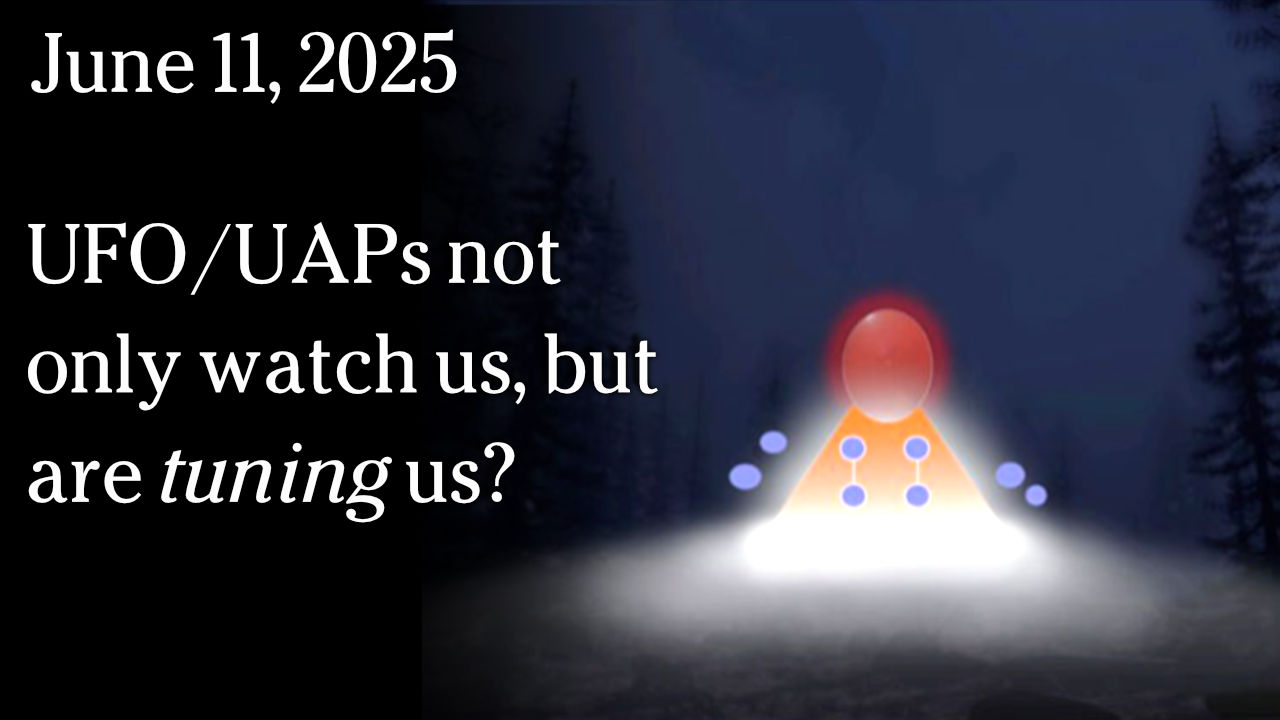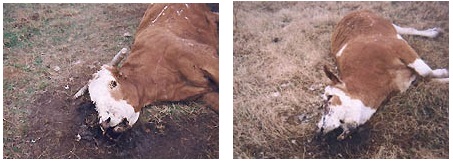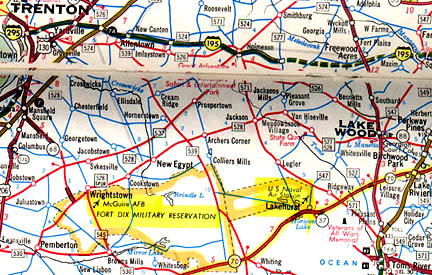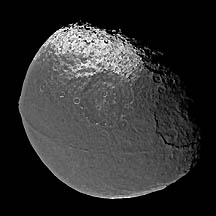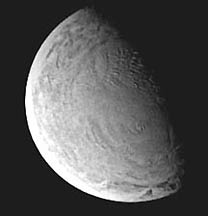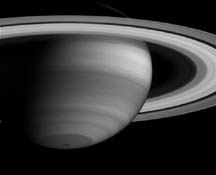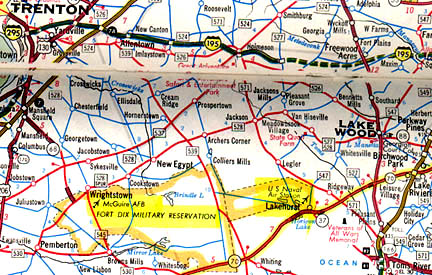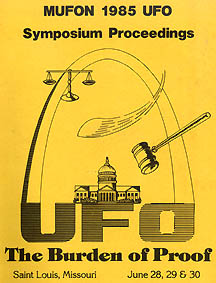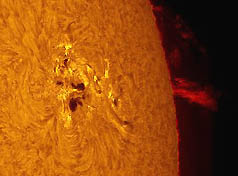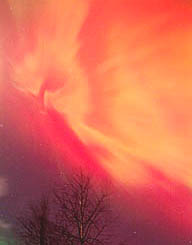"The most interesting thing is that we might find life there (in frozen sea) because if you look at the source of the water, which has filled a huge basin, it comes out of cracks in the ground. The indication that there are warm, wet places beneath the surface of Mars as recently as 5 million years ago to me is good evidence that life might have developed on Mars."
- John Murray, Ph.D., Open University, England
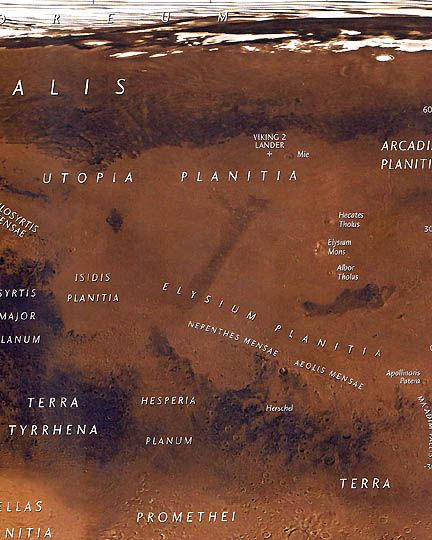
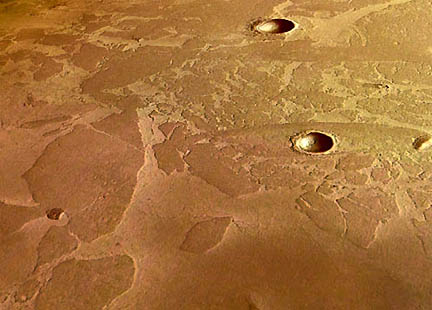
February 22, 2005 Noordwijk, The Netherlands - On Earth, pack ice is a floating mass of ice formed from seawater in the Earth's polar regions. Pack ice expands during winter to cover about 5 percent of the northern oceans and 8 percent of the southern oceans. When melting occurs in spring and summer, the margins of the pack ice retreat.
Click here to subscribe and get instant access to read this report.
Click here to check your existing subscription status.
Existing members, login below:



